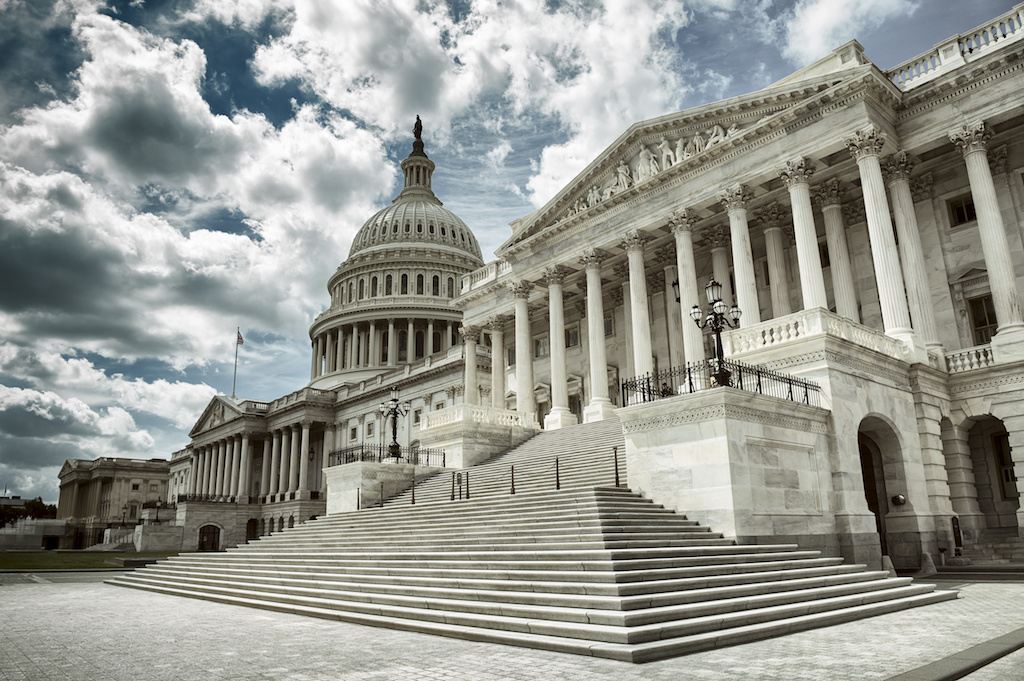By John Ubaldi
Contributor, In Homeland Security
One of the most challenging issues facing America is how to deal with the mounting student loan debt crisis that now totals $1.6 trillion and growing. This issue has stymied Washington.
Democratic presidential candidate Senator Bernie Sanders of Vermont last month proposed making all two- and four-year public colleges and universities tuition-free if he is elected president. His plan would also make include eliminating all $1.6 trillion in student loan debt.
Sanders’ proposal would cost an estimated $2.2 trillion over 10 years and would be paid for by taxing Wall Street. Sanders envisions a tax on all stocks, bonds and derivatives transactions.
Sanders’ plan is radically more ambitious than that of Democratic presidential candidate Senator Elizabeth Warren of Massachusetts. In April, Warren unveiled a proposal that would cancel $50,000 in student loan debt for everyone making less than $100,000 in household income.
There would also be reductions for individuals with household incomes between $100,000 and $250,000. Anything over that amount would not qualify. Her plan would cost one trillion less than Sanders’ plan at an estimated cost $1.25 trillion over a decade. Warren would pay for the plan by levying a 2% tax on all assets over $50 million.
Other Democratic candidates have backed less ambitious policy initiatives in reducing student loan debt.
Federal Government Takeover Is the Problem of Student Loan Debt
Critics say the explosion in student loan debt is due to the Health Care and Education Reconciliation Act of 2010 and the little-known rider that accompanied the legislation. That would include the Student Aid and Fiscal Responsibility Act, which changed the way student loans were granted.
Before the change in the law in 2010, student loans were issued as guaranteed loans. Banks would loan students the money, but the terms were determined by the federal government.
After 2010, the federal government assumed all responsibilities for student loans, eliminating banks entirely from the process. President Obama explained that “By cutting out the middleman, we’ll save American taxpayers $68 billion in the coming years.” Obama added, “That’s real money — real savings that we’ll reinvest to help improve the quality of higher education and make it more affordable.”
Critics claim that the federal government’s action enticed students to apply for federal loans to pursue their college education. According to the Federal Reserve Bank of New York, this change in student loan financing has led to the substantial increase in college costs. Colleges and universities increased tuition, knowing the federal government would loan students ever increasing amounts
Many students obtained loans for a college degree in fields that offered salaries with little economic buying power compared to the amount of loans they took out.
According to The National Center for Education Statistics, in the academic year 2016–17, postsecondary institutions conferred one million associate degrees. Over two-thirds (69 percent) of those degrees were in three fields of study: liberal arts and sciences, general studies, and humanities (38 percent, or 387,000 degrees); health professions and related programs (19 percent, or 186,000 degrees); and business (12 percent, or 122,000 degrees).
The Federal Reserve Bank of St. Louis has noted that college costs have risen an astronomical 300% in recent years, plunging the nation into a $1.6 trillion student loan crisis.
Europe Versus the United States in Allocation of Resources for Higher Education
Individuals who support eliminating student loan debt and making college and university education free often cite Europe as an example to be emulated here. But one must understand the differences first.
The major difference between U.S. and European universities is cost. European colleges and universities are heavily subsidized by their governments. This often means dealing with a much higher tax burden than is found in the United States.
What is not often mentioned is that European universities keep costs low by selective admission, limiting those who gain entrance. If your family attended college, you are more than likely to gain admission than if your family had never attended college. That places you on the vocational track of employment.
The other major difference is that unlike U.S. universities, European universities do not spend vast resources on amenities that have little to do with education. The biggest cost difference between American and European colleges and universities is athletics.
In 2015, Will Hobson and Steven Rich wrote an article in the Washington Post, “Playing in the Red.” They examine the vast expenses involved in collegiate sports and the millions they receive in media revenue.
As they wrote: “Big-time college sports departments are making more money than ever before, thanks to skyrocketing television contracts, endorsement and licensing deals, and big-spending donors. But many departments also are losing more money than ever, as athletic directors choose to outspend rising income to compete in an arms race that is costing many of the nation’s largest publicly funded universities and students millions of dollars.”
The admirable goal is to reduce the cost of colleges and universities, so graduates do not face the burden of thousands of dollars in student loan debt. But if history is any guide, the cure of ending student loan debt could be worse than the disease.


Leave A Comment
You must be logged in to post a comment.